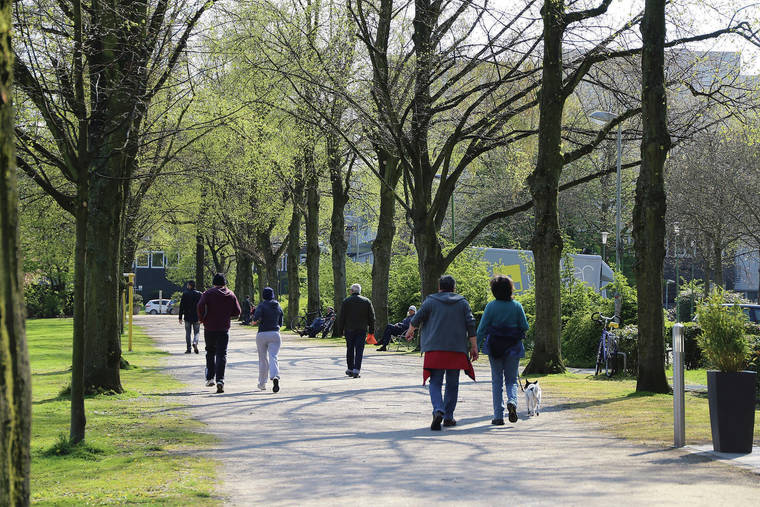Column: To shed pounds gained during the COVID-19 pandemic, take it slow and steady

PIXABAY.COM
To prevent exercise- related injuries after being sedentary, gradually build up the amount of time and intensity of your exercise.
With summer right around the corner and masks soon to come off, you might be thinking about losing pandemic pounds and getting into better shape. But after more than a year of decreased activity, getting back into shape may be more challenging than ever. Safely building your body back better requires reasonable, steady fat loss and an exercise program that is both gradual and progressive. Shortcuts to weight loss could prevent long- lasting fitness and result in losing muscle rather than any added fat pounds.
Question: What constitutes reasonable steady weight loss, and why is it important?
Answer: To promote fat loss and avoid muscle loss when dieting and exercising, it’s important to consume adequate protein and calories. Yes, adequate calories. Too few calories in the diet can cause fast weight loss — with minimal fat loss. Low-calorie intake increases the body’s need for protein to maintain muscle and adapt to the increase in exercise. A diet with too few calories and protein can hinder muscle repair, contribute to exercise-related injuries and impair immune function.
A reasonable weight loss goal is about a half-pound to 1 pound a week. That translates to a 250- to 500-calorie deficit per day. Keep in mind that when you increase your exercise gradually, muscle tissue is likely building while fat tissue is being reduced. That means your body composition and shape can be improving significantly with no weight loss. Consider tracking changes to your body through the circumferences of your waist, hips and thighs.
Q: What is a gradual and progressive exercise program?
A: Preventing exercise- related injuries after being sedentary — regardless of your fitness level before COVID-19 — requires gradually building up the amount of time you exercise and the intensity of that exercise. If you had COVID-19 or have any preexisting medical conditions that affect your lungs or heart, check with your physician before exercising. Monitoring how you feel during exercise is important. Stop and seek medical advice if you experience any of the following symptoms: chest pain or prolonged high heart rate, shortness of breath, feeling light-headed or dizzy, nausea, headache, excessive fatigue or abnormal vision.
Don't miss out on what's happening!
Stay in touch with breaking news, as it happens, conveniently in your email inbox. It's FREE!
The best road to recovering your health is by imitating the tortoise rather than the hare. Starting with a slow 15-minute walk, followed the next day by five to 15 additional minutes. Each day, increase your walking time and speed. As you feel your body adapting, continue to increase your exercise time and add different types of exercise, and don’t forget to hydrate adequately. Exercise can help improve long-term health as well as reintroduce the needed social aspects of life. Making exercise enjoyable will create a healthy habit worth keeping.
Alan Titchenal, Ph.D., C.N.S., and Joannie Dobbs, Ph.D., C.N.S., are nutritionists in the Department of Human Nutrition, Food and Animal Sciences, College of Tropical Agriculture and Human Resources, University of Hawaii at Manoa. Dobbs also works with University Health Services.



